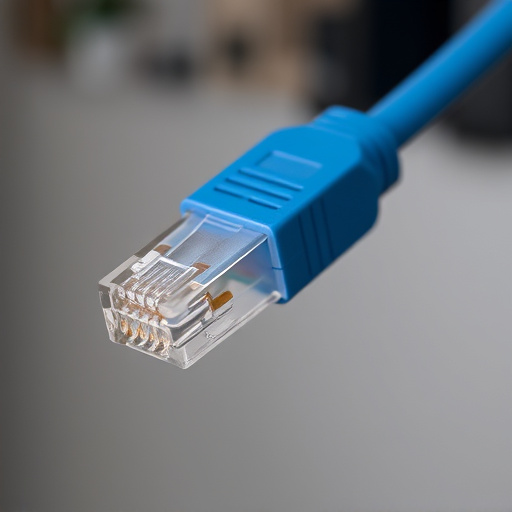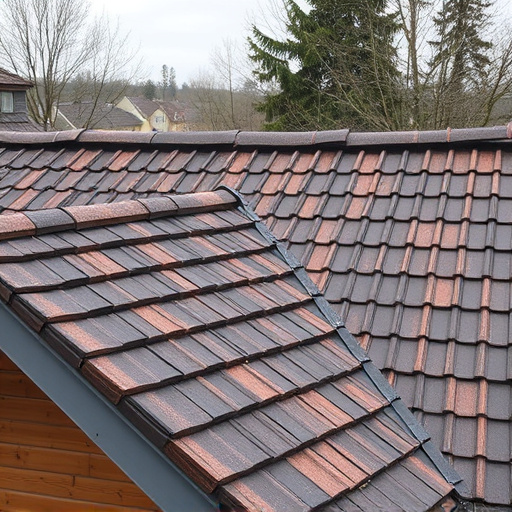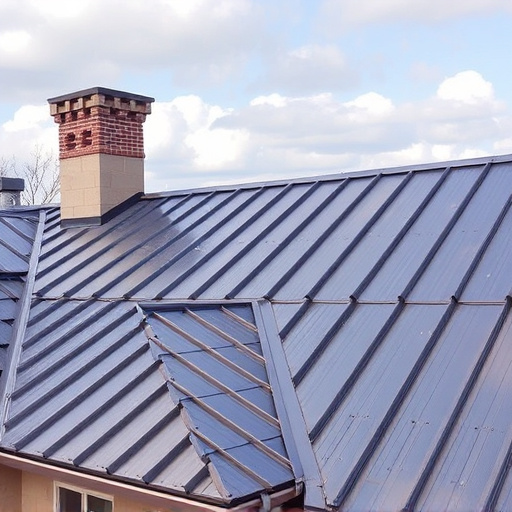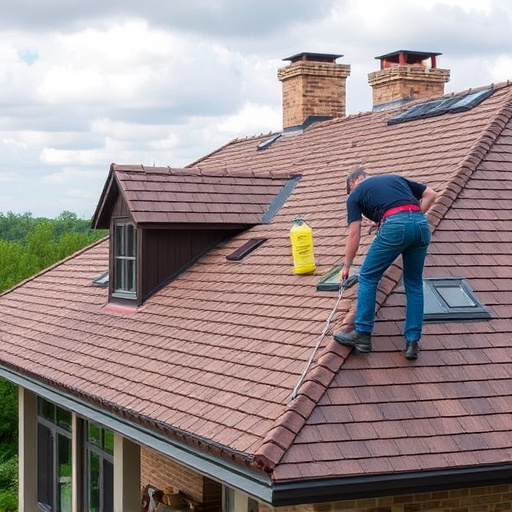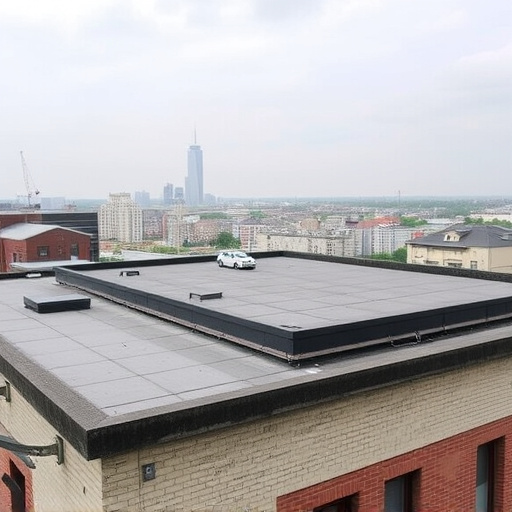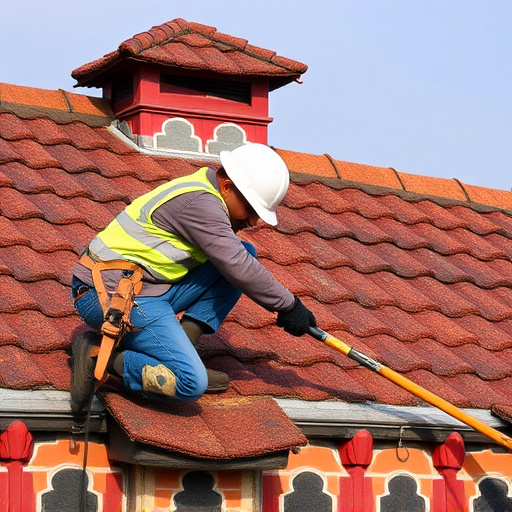Fiber siding walls, despite their durability, require proper installation and maintenance to prevent water damage. Inspect them systematically for mold, rot, or moisture using tools like magnifying glasses, moisture meters, and inspection cameras. Proactive measures such as correct installation, regular cleaning, and swift addressing of moisture issues are crucial to maintain the integrity of fiber siding, averting structural damage and ensuring longevity.
“Uncover potential water damage hidden within your fiber siding walls with our comprehensive guide. Fiber siding, known for its durability, still requires vigilance against moisture intrusions. This article equips you with essential knowledge and tools to thoroughly inspect these surfaces. We explore the vulnerabilities unique to fiber siding, providing effective strategies to address and prevent water damage. By implementing these practices, homeowners can ensure the longevity and aesthetic appeal of their fiber siding walls.”
- Understanding Fiber Siding Walls and Their Vulnerability to Water Damage
- Tools and Techniques for Thorough Inspection
- Addressing and Preventing Water Damage in Fiber Siding Walls
Understanding Fiber Siding Walls and Their Vulnerability to Water Damage
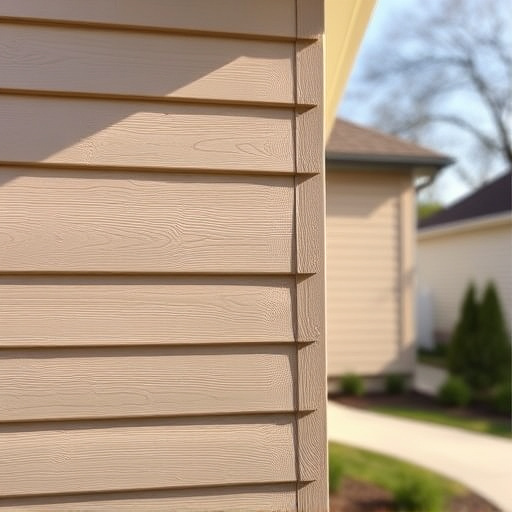
Fiber siding walls are a popular choice for exterior home improvements due to their durability and low-maintenance nature. However, like any material, they are susceptible to water damage if not properly installed or maintained. Understanding the construction and vulnerabilities of fiber siding is crucial when inspecting for potential issues.
These walls consist of fiberboard core laminated with resin and a decorative outer layer. While this design offers excellent insulation and fire resistance, it can be vulnerable to moisture infiltration. Over time, water seepage or poor drainage near the siding can lead to rot, mold growth, and structural damage. Home service solutions often recommend regular visual inspections and prompt addressing of any signs of water damage to ensure the longevity of these exterior components, making professional siding checks an essential part of maintaining a well-protected home.
Tools and Techniques for Thorough Inspection
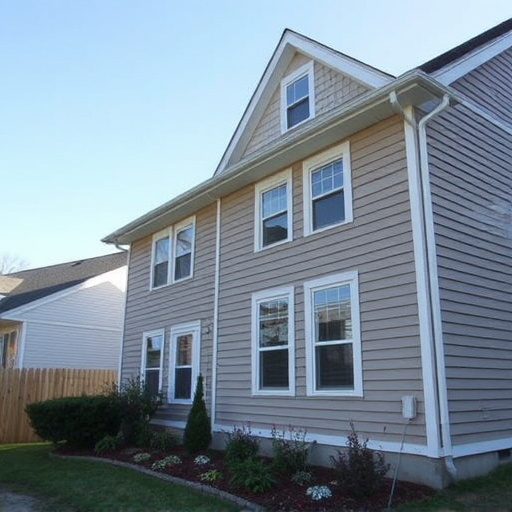
When inspecting fiber siding walls for water damage, having the right tools and techniques is crucial. Start with a visual examination, scanning the surface for any signs of deterioration, cracks, or mold growth. A magnifying glass can help spot subtle issues that might be missed at first glance. Use a moisture meter to check for elevated humidity levels behind the siding—a key indicator of potential water intrusion. For harder-to-reach areas, a ladder and inspection camera can provide clear visuals without damaging the exterior.
For a thorough assessment, consider combining these methods with infrared thermography to detect temperature variations that may point to hidden moisture problems. In cases where water damage is evident, document the extent of the issue with high-resolution photos. This visual record will be invaluable when discussing siding replacement or commercial siding solutions with home service professionals later on.
Addressing and Preventing Water Damage in Fiber Siding Walls

Water damage can be a significant issue for fiber siding walls, leading to unsightly stains, peeling, and even structural compromise if left unaddressed. To prevent such problems, it’s crucial to implement proactive measures. Start by ensuring proper installation of the fiber siding, including sealing all seams and joints tightly. Regular cleaning with mild detergent and water can remove surface grime and moss buildup, preventing water from seeping in.
Regular inspection is another vital step. Look for signs of moisture, such as bubbles or warping in the siding panels, which could indicate hidden water damage. Address any issues promptly by repairing or replacing damaged sections. Consider hiring professional roofing services for thorough assessments and siding replacement if necessary. Regular maintenance, combined with these preventive strategies, can significantly extend the lifespan of your fiber siding walls, keeping them looking like new.
When inspecting for water damage in fiber siding walls, a meticulous approach is key. By understanding the unique vulnerabilities of these materials and employing the right tools and techniques, you can effectively identify potential issues. Regular maintenance and prompt addressing of any water-related problems are essential to preserve the integrity and longevity of fiber siding. Investing time in thorough inspections and implementing preventive measures will ensure your fiber siding walls remain in top condition, safeguarding your property from costly repairs down the line.




